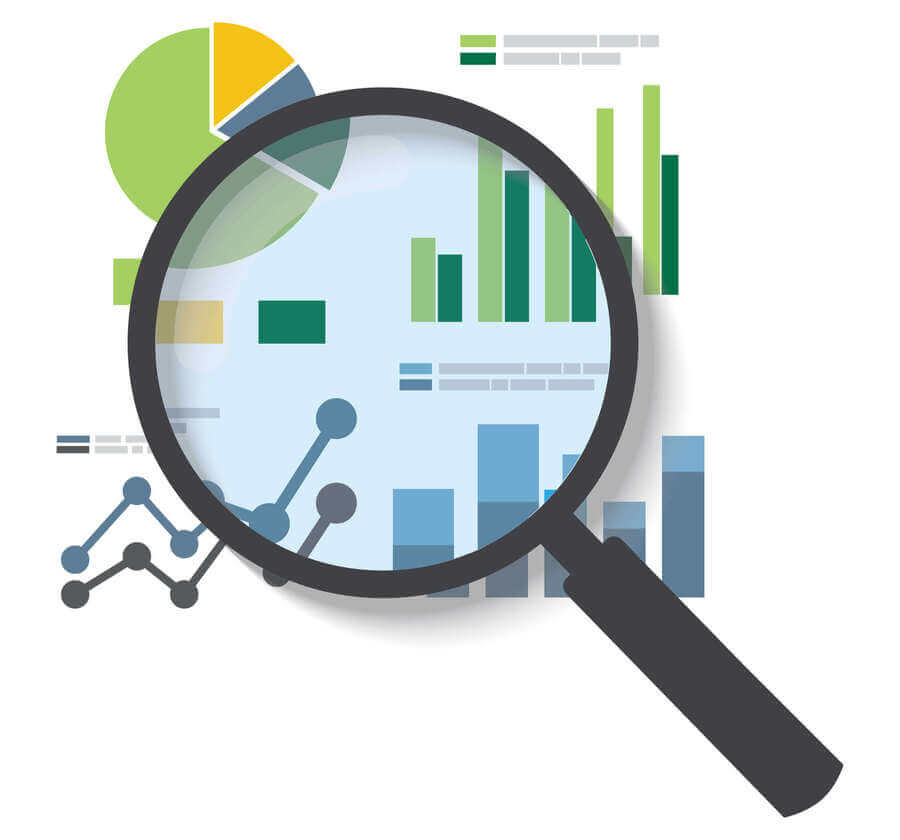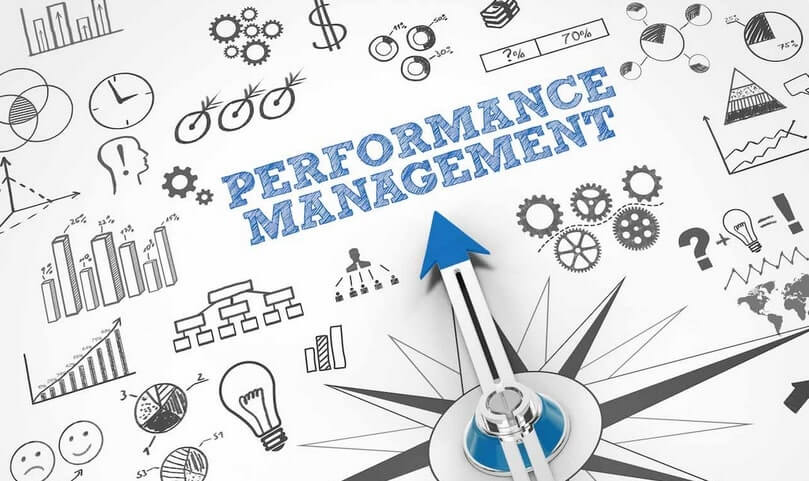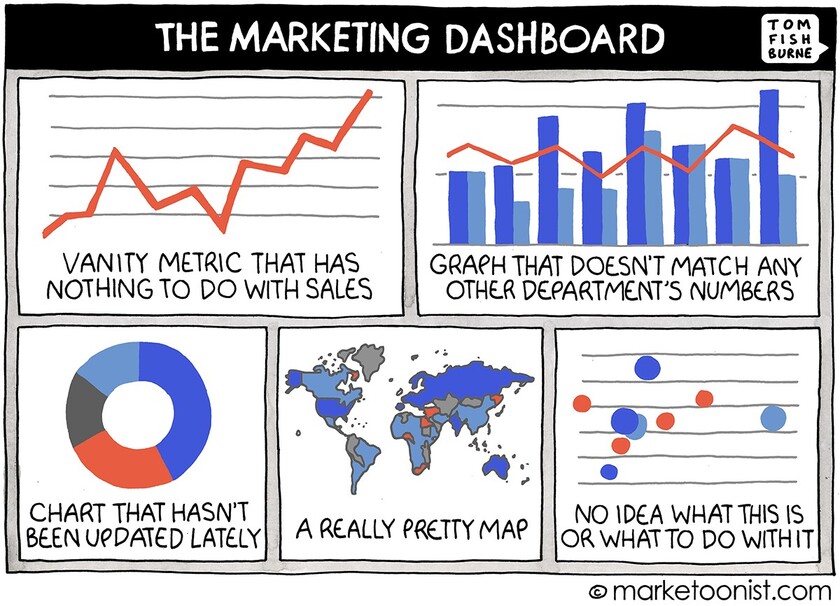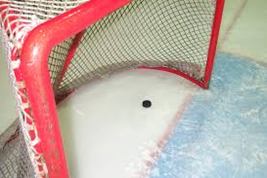[ez-toc]
Tracking business success is difficult. And most executives and teams will agree that their KPIs (Key Performance Indicators) are a mess! In fact, only 28% of CEOs studied by MIT Sloan understood what their KPIs were telling them. That’s because KPIs are selected from a list or just recycled from those used in the past. But they aren’t directly connected to the work they do.
Most people make the mistake of measuring what has already happened instead of the influences on those results. Setting personal, departmental, or corporate goals is fundamental to most people, but calculating how we perform against those values is not enough. Measuring high-level results such as revenue or the number of customers rather than the Events that Cause those results is a mistake. It doesn’t provide you with answers about how you got there and what should be done next. Instead, we need to evaluate the activities we perform that drive the results. Indeed, we can conclude that if Revenue increased to meet our goal, we succeeded, but we don’t know what we did that caused it. What if we didn’t reach our Goal target? How do we know why, unless we are tracking the activities that affect revenue?
It’s much more effective to measure your customer’s or prospects’ actions than the result. For a marketing organization, these can include conversions of web site visitors to paying customers and how well we are doing to influence that conversion. And the activities can include all detailed work that sales people do, such as number of calls, proposals, meetings and so on.
I’m not saying we should forget about things like number of new customers acquired in the last month, or the number of items sold, but those are the Effects of the activities we had. If you want to influence change, you need to be measuring the Cause.
Understanding what to measure begins by appreciating the logical structure of decision-making. It starts by appreciating the concepts and inter-relationship of goals, strategies, critical success factors, tactics, and KPIs. The important thing to note is that the subordinate activity is driven by the one above.
Here’s how we lay it out:
Recommended Read: What are key performance indicators and What is Business Performance Management
Goal > Critical Success Factor > Marketing Phase > Segment > Approach > Action > KPI
These seven elements are fundamental when establishing what to measure and how to track it and they are all connected. Here are the definitions and relationships:
Map out actionable KPIs by moving through this step-by-step process:
- Establish a Goal Broad desired outcome. It states “what” we want to accomplish but not “how.” It states where you are going rather than how you will get there.
- Critical Success Factor This is something that is vital to achieve the Goal.
- Marketing Phase Determine which marketing phase you are in; Acquire (find new customers), Engage (connecting with existing contacts), Convert (turning existing prospects into customers), Retain (servicing existing customers).
- Segment Targeted audience or function being focused on. For Marketing, it can be based on new or existing customers, age, gender, location, etc.
- Approach Short-term plan. The approach is what you do, and for every critical success factor, there may be several approaches.
- Action Activity or business process required to be performed to attain the stated goal. This is the actual work we are going to do or the function we are going to measure.
- KPI tracks the Action. Try to use Metrics rather than Measures. Measurements are single measurements of things, while Metrics are calculations from measures; Ratio, Average, Rate, and Percentage.
Focus your measurements on KPIs
It is most effective to track events represented as KPI targets and then their actual numbers. If we are able to achieve the KPIs, each successive stage will also likely be attained and ultimately we will meet our stated goal.
An example may be as follows:
Goal: Make our new patio furniture set a category leader in sales revenue by year-end
Critical success factor: Offer a new line specific to active women
Phase: Acquisition
Segment: Active, middle-aged women
Approach: Promotion at a local sports club
Activity: Advertise store coupons in sports club’s monthly magazine
KPI: Track coupons being used as % of those from other promotions
You will likely have multiple approaches, activities and KPIs as you establish what things you need to do to drive sales. KPIs are the building blocks of all activities and are the easiest to measure. Ideally, they should be stated as calculated metrics, such as ratios, averages, percentages or rates, and should be compared over time. That way we can see how our activities are changing and what effect that has on our overall goals.






